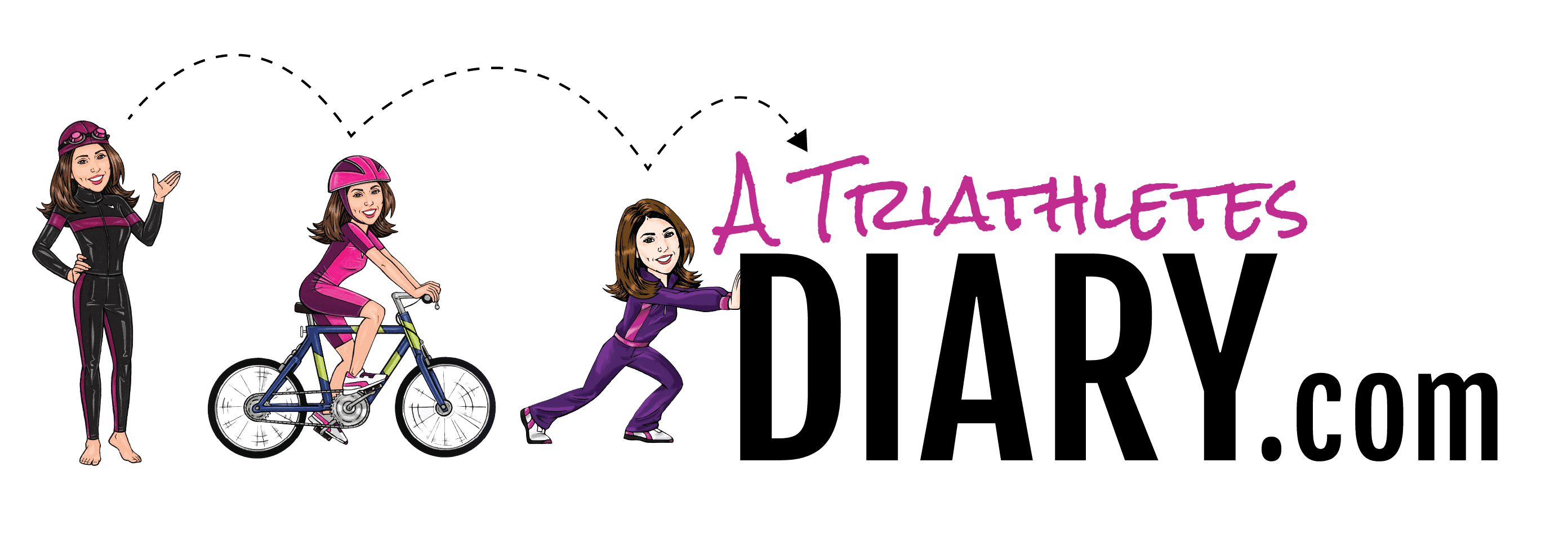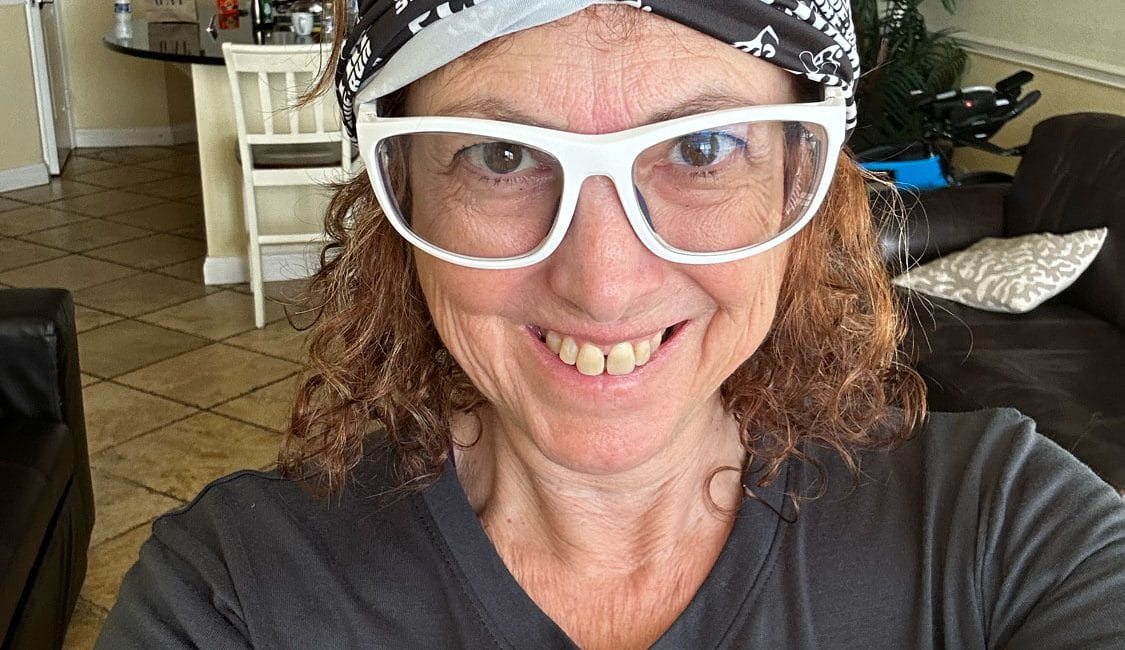As you probably know from reading my book, From Couch Potato to Endurance Athlete, my sister, Lori, passed away from a ruptured aneurysm. This happened nearly six years ago. She was only 59 when it happened. And I will never get over it. I have to learn to live with it.
About Aneurysms
According to the Library of Medicine, unruptured aneurysms affect about 3.2% of people worldwide. Ruptured aneurysms are less common, occurring in approximately 10 per 100,000 cases.
“The consequences of aneurysm rupture can be fatal. Around 50% of people die within three months of the rupture due to complications. Of those who survive, about 66% experience permanent brain damage. Some people recover with little or no disability,” according to the Brain Aneurysm Foundation. About 30,000 people suffer from a ruptured aneurysm every year.
The research suggests that 1 in 50 people have an unruptured aneurysm. The percentage of them rupturing is a small number, but with family history, location of the actual aneurysm, and size, it could be deadly.
I’ve been researching this a lot lately because about a month or so ago, I found out I have an unruptured aneurysm.
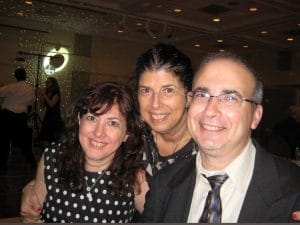
What happened?
After Lori passed away, and by the way, it was not only traumatic but horrible to watch, I decided to get an MRI. I went to the NYU affiliate on Long Island. I was told there was something there but don’t worry about it. “Just get it checked every year,” the doctors told me.
They also said that if I have a horrible headache make my way to the emergency room. “Keep your stress level down and take your blood pressure,” one doctor told me.
Another doctor told me to check my blood pressure daily. However, as we know as endurance athletes, our blood pressure constantly fluctuates.
So, I tried not to think about it and continued to grieve for my sister. (If you have a sibling who you are close with you know how I feel. I missed her so much.)
Further, when I had my MRI in January 2023, my NYU affiliate doctor who is located in Carle Place, said, “No aneurysm!” (Okay, great, I thought.)
Ended in the ER
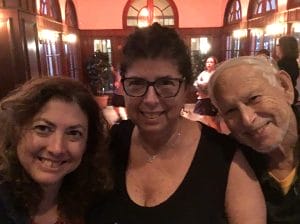
Then, this past September, I ended up in the ER with an explosive headache. Every movement I made was excrutiating. I tried to sleep it off and took pain meds, but nothing helped. In the morning I asked my husband to take me to urgent care. (I was feeling so dizzy. I didn’t think I could drive.)
Once there, I was brought to the ER via ambulance. A cat scan and spinal tap later, it was determined that I had an unruptured aneurysm. The ER experience at Northshore was horrible and you can read about it here.
After a few days, I received a call from a neurosurgeon. My headache pain had dissipated at that point but I figured I would go and see what he had to say.
He came in to tell me that I had an aneurysm and said that I needed an angiogram, which I got a few weeks later at Northshore University Hospital. The experience was a lot better than the Emergency Room visit and I thought the doctor knew what he was talking about.
At the Angiogram
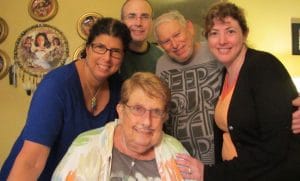
I was awake the entire time I was having the angiogram but I didn’t feel pain. The surgeon said, “you did good.”
“Does that mean nothing is there?” I asked.
“I didn’t say that,” he said.
Later, he came to see me in recovery and spoke with my husband and me about what was going on.
The Explanation

“You have a small aneurysm that is in the shape of a heart,” he said. “You will need surgery because of the location, size and family history.”
I was shocked. I had so many questions which I sent him through the portal but he didn’t want to discuss via email. He wanted me to come into the office. And, of course, I couldn’t get an appointment until the middle of November.
In the meantime, I called up Sloan Kettering. I had been going there for a benign lung nodule and they told me to call Columbia or Cornell, which I did. Columbia had a spot available immediately and I took it.
At Columbia
The surgeon was wonderful. She spent at least an hour with me and explained everything with a drawing. I wasn’t sure what to do. Should I go to Northshore to the surgeon I liked or Columbia because it’s a better hospital?
After doing more research, I found out that I would be in the ICU after the surgery. The thought of lying in the same bed as my sister had made me nuts. I decided to schedule the surgery with the Columbia doctor.
But then, I started to look at her ratings and they weren’t great. Do I want someone going into my brain who isn’t the best?
The Bee Foundation

I continued to surf the internet and found The Bee Foundation. The CEO was wonderful. She was a young woman in her 40s. Her and her sister started the organization after their cousin passed away at 27 from a brain aneurysm.
She told me to call Dr. Kellner at Mt. Sinai Medical Center. “He’s the best,” she said.
Coincidentally, my former graphic designer was the marketing person for the group at Mt. Sinai and was able to get me an appointment immediately. I was truly grateful.
Unfortunately, the day of my appointment, which was a virtual visit, the surgeon couldn’t see me. He jumped on the Zoom call and told me that he had an emergency. “Just let me know when you are available,” he said.
Meeting the Surgeon
He met with me later that evening after my class at Hofstra. He showed me my scans and reviewed my prior scans and suggested that I get the surgery.
So Now What?
I scheduled the surgery for this week. I’ve been nervous, anxious, and afraid. But I’m also hopeful. I know that this is just another curveball and that things will work out the way they are supposed to.
And as for triathlons, I will be back!
Nothing is going to stop me from swim, bike, and run. I may just have to take a break for a couple of weeks, but I have a lot of great goals planned this year like a marathon swim in Michigan and a half Ironman Aqua Bike in Montauk.
BTW, I learned through my research that if someone in your family had an aneurysm, it is genetic. So, you may want to get checked out.
